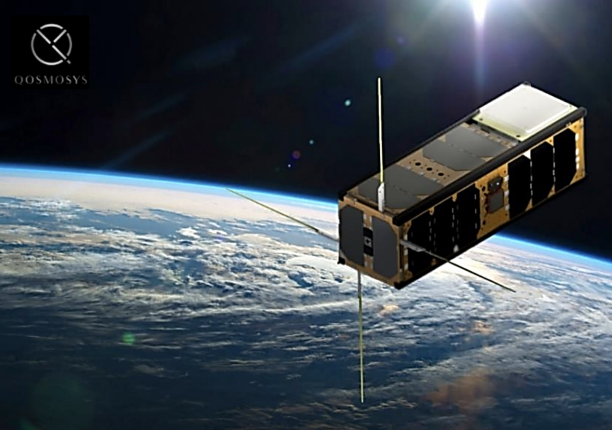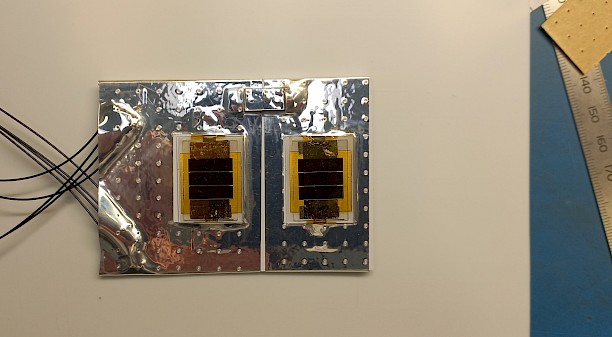A wind of change is blowing through the space sector. Satellite constellations and low-cost missions are shaking up the traditional approach to space with a new appetite for high-volume components manufactured for the terrestrial market. This trend is driving innovation in low-cost space solar arrays while addressing key space requirements: sufficient power at end-of-life, high power density (W/g, W/m², W/m3).
Historically, silicon solar cells were developed for spatial applications. Then, in the 1990s, GaAs/Ge triple junction cells, then GaInP/GaAs/Ge, replaced silicon because of their high efficiency and their high resistance to irradiation (electrons and protons) [1]. Today, III-V cells used for space combine several absorbers, to convert a large part of the AM0 solar spectrum [2], reaching record efficiencies up to 39.2% AM1.5g, for a thickness of about 150μm, which makes them relatively massive [3].


